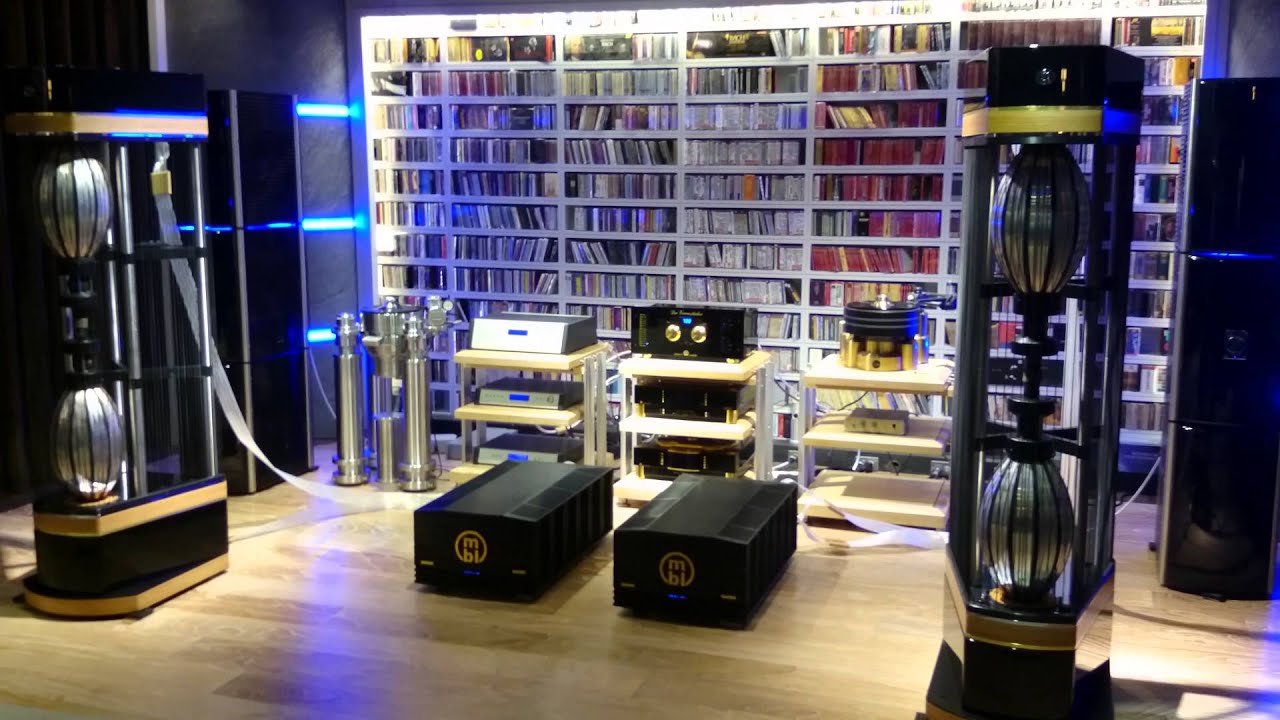I’m referring to speakers that can image perfectly and just vanish, leaving an exquisitely formed musical soundscape in front and all around them.
How do they do it? What aspect of their design makes them so capable of producing sound that just does not seem to originate from them whatsoever?
Is it just clever speaker design? Or does system synergy play its part too?
Why can’t all well designed speakers manage it?
Audio Physic are good at it. I’ve recently discovered that PMC DB1i’s can pull the same trick. I’m sure there are many others.
But not all. I’ve heard good stereo imaging but there’s almost always a source of sound. Not so with the magic speakers.
So: how do they do it? Anyone know?
How do they do it? What aspect of their design makes them so capable of producing sound that just does not seem to originate from them whatsoever?
Is it just clever speaker design? Or does system synergy play its part too?
Why can’t all well designed speakers manage it?
Audio Physic are good at it. I’ve recently discovered that PMC DB1i’s can pull the same trick. I’m sure there are many others.
But not all. I’ve heard good stereo imaging but there’s almost always a source of sound. Not so with the magic speakers.
So: how do they do it? Anyone know?


